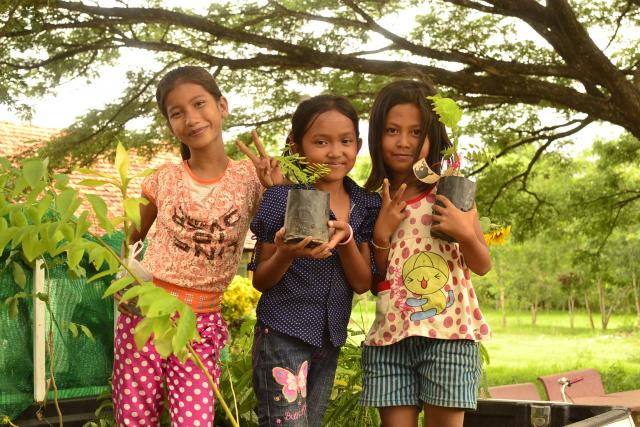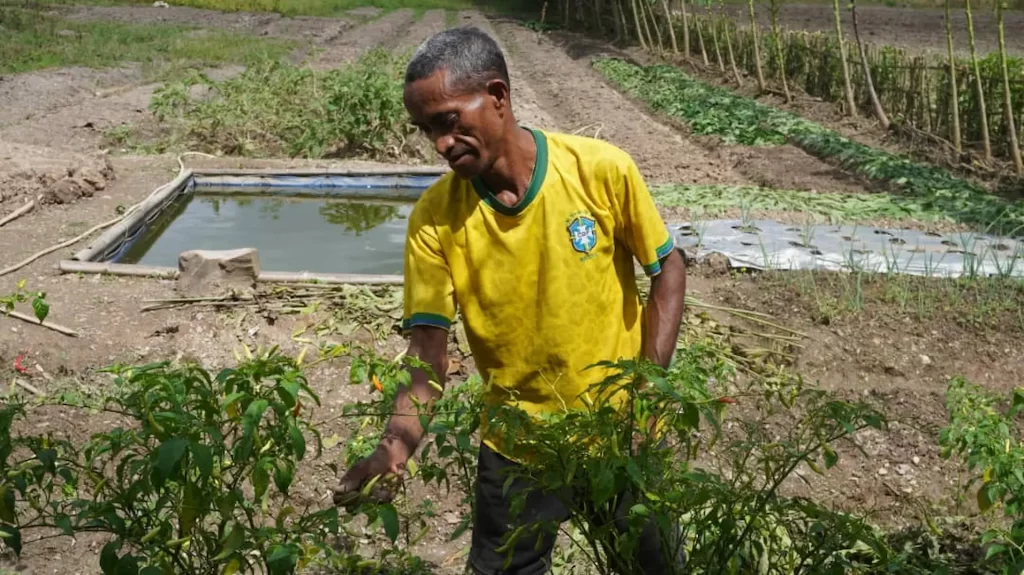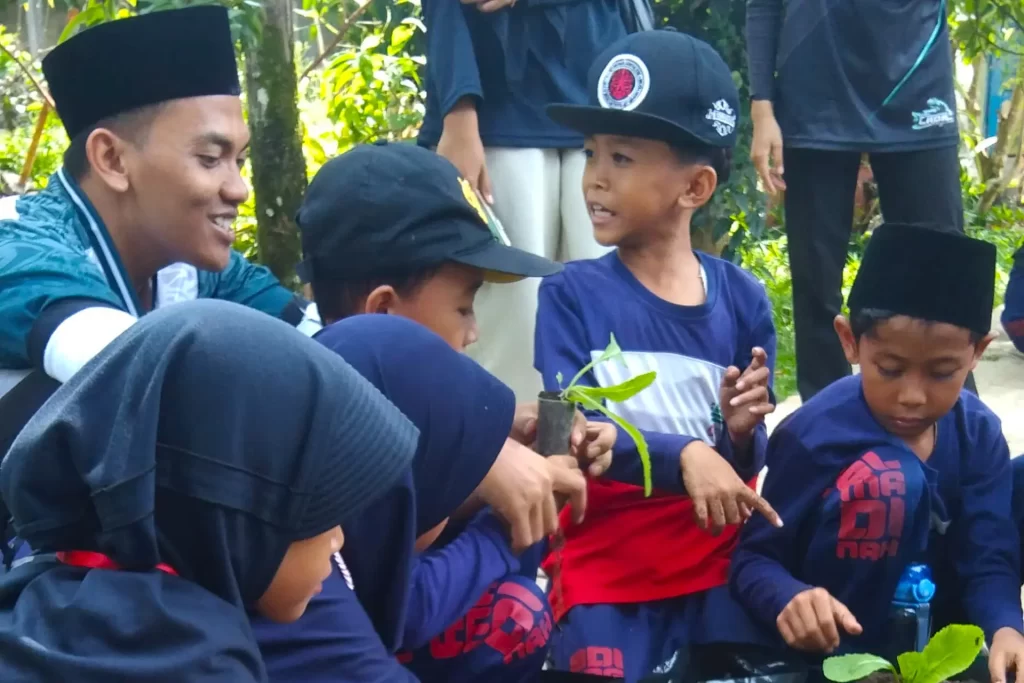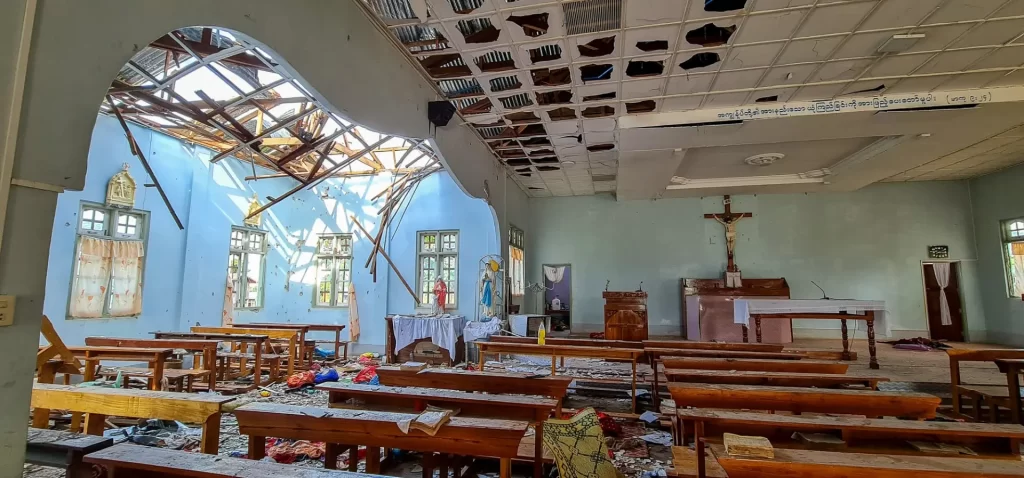The Jesuits in Cambodia are finding that planting trees is more than an act of reconciling with creation. Planting trees can foster peace and build bridges by bringing people of different cultures and beliefs together.
Encouraged by the experience of their first planning tour last year, they plan to expand to other communities this year, and to plant in two important places – Prey Lang, which is the largest remaining evergreen forest in Cambodia and is protected by a very organized group of villagers, and in the floodplains of Tonle Sap Lake, which is a very productive source of fish and food for millions of Cambodians.
“Supporting and preserving these sites will help buttress the biodiversity of the area and hopefully benefit many generations to come,” said Fr Gabby Lamug-Nañawa SJ, who is part of the Ecology Programme team of Jesuit Service Cambodia.
Fr Gabby recounts the lessons learnt from the first planting tour held during the rainy months of July, August and September in 2013.
First of all, plant in the hearts of children
Many of the planting trips were to Catholic communities that held one-week summer camps. Every year, volunteers from Spain come to organize and run summer camps together with local youth for young children of the parish and the village. These are exceptional days of laughter and learning when children join games, sports, craft workshops, and other formative activities.

Planting trees is planting peace
During a planting trip to Svay Sisophon in northwest Cambodia in August 2013, we chanced upon university students from Taiwan and mainland China who were there for a joint activity to plant seeds of friendship between themselves and peace between both nations. We joined together to plant native hardwood trees in an empty hectare of church land, helping each other, enjoying the green open space and the laughter of one another, paying no heed to politics or to past grievances. It was a nice day of fostering relationships among ourselves and with God’s creation. On the trip home, one of the volunteers in our team who we refer to as Uncle Joe, reflected on the experience and said that, indeed, planting trees is planting peace.
Planting trees is a peaceful act that brings different faiths together

In Cambodia, Sr Denise Coghlan RSM of Jesuit Refugee Service Cambodia hosts World Interfaith Harmony Week in Siem Reap, calling Christians, Muslims, and Buddhists together to reflect on love of God, love of neighbour, and love of the good. People of goodwill and all faiths are welcome.
One of the topics discussed during this year’s World Interfaith Harmony Week in Siem Reap was caring for the environment, and planting trees together was a most welcome activity. Planting and caring for trees was universally accepted by the participants as an act of peace and an act of love for neighbour, human or not.
In summary, said Fr Gabby, our planting tour showed us that planting trees is really a positive act which builds peace. It builds bridges and brings different cultures and beliefs together. It is an activity which should involve the young.






